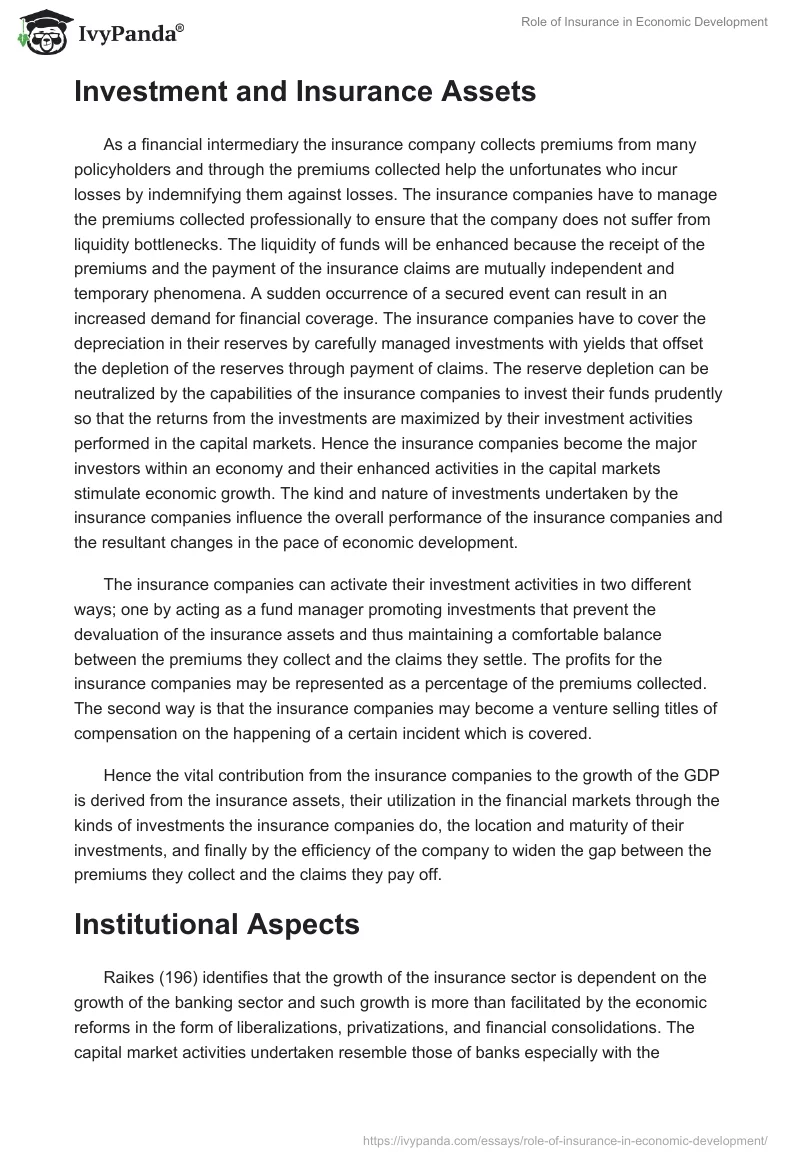See This Report on Pacific Prime
Wiki Article
4 Simple Techniques For Pacific Prime
Table of ContentsSome Known Details About Pacific Prime The smart Trick of Pacific Prime That Nobody is Talking AboutThe Best Guide To Pacific PrimeUnknown Facts About Pacific PrimeThe Definitive Guide for Pacific Prime

This is due to the fact that the data were accumulated for a duration of solid financial efficiency. Of the approximated 42 million people that were uninsured, almost concerning 420,000 (about 1 percent) were under 65 years old, the age at which most Americans come to be eligible for Medicare; 32 million were grownups in between ages 18 and 65, about 19 percent of all grownups in this age group; and 10 million were youngsters under 18 years old, regarding 13.9 percent of all children (Mills, 2000).
These estimates of the number of persons without insurance are created from the yearly March Supplement to the Current Population Study (CPS), carried out by the Demographics Bureau. Unless otherwise noted, nationwide estimates of individuals without wellness insurance coverage and proportions of the populace with different sort of insurance coverage are based upon the CPS, the most widely utilized source of quotes of insurance coverage and uninsurance rates.
How Pacific Prime can Save You Time, Stress, and Money.

Still, the CPS is specifically valuable because it creates yearly estimates reasonably swiftly, reporting the previous year's insurance coverage approximates each September, and since it is the basis for a constant collection of estimates for even more than twenty years, allowing for evaluation of trends in protection over time. For these factors, as well as the comprehensive usage of the CPS in various other studies of insurance policy protection that are presented in this record, we rely upon CPS price quotes, with constraints kept in mind.

The estimate of the variety of without insurance people expands when a population's insurance coverage condition is tracked for several years. Over a three-year duration beginning early in 1993, 72 million people, 29 percent of the united state population, were without protection for at the very least one month. Within a solitary year (1994 ), 53 million people experienced a minimum of a month without protection (Bennefield, 1998a)
Six out of every ten uninsured adults are themselves employed. Working does enhance the possibility that one and one's family participants will certainly have insurance, it is not a guarantee. Also members of households with two full-time wage income earners have almost a one-in-ten opportunity of being uninsured (9.1 percent uninsured price) (Hoffman and Pohl, 2000).
Pacific Prime for Beginners
New immigrants make up a considerable percentage of people without wellness insurance coverage. One evaluation has attributed a considerable portion of the recent development in the size of the united state uninsured population to immigrants who arrived in the country in between 1994 and 1998 (Camarota and Edwards, 2000). Recent immigrants (those that concerned the United States within the previous 4 years) do have a high price of being uninsured (46 percent), but they and their youngsters make up simply 6 percent of those without insurance policy across the country (Holahan et al., 2001).The partnership in between medical insurance and access to care is well established, as documented later in this chapter. Although the partnership between medical insurance and wellness end results is neither direct nor basic, a considerable clinical and health services study literary works web links medical insurance coverage to enhanced access to care, far better top quality, and boosted personal and population health and wellness standing.
Degrees of evaluation for checking out the results of uninsurance. This conversation of health and wellness insurance policy coverage concentrates mainly on the U.S. population under age 65 since practically all Americans 65 and older have Medicare or other public insurance coverage. It focuses particularly on those without any health and wellness insurance for any kind of length of time.
Pacific Prime for Dummies
The troubles faced by the underinsured are in some aspects comparable to those faced by the without insurance, although they are usually less serious. expat insurance. Uninsurance and underinsurance, nevertheless, include noticeably different policy concerns, and the approaches for addressing them might vary. Throughout this research study and the 5 records to follow, the main emphasis is on individuals without any health insurance and hence no assistance in paying for wellness care past what is available with charity and safety web establishments
Medical insurance is an effective factor affecting invoice of treatment due to the fact that both individuals and doctors react to the out-of-pocket rate of services - https://pubhtml5.com/homepage/pspip/. Health insurance coverage, however, find more is neither essential neither adequate to get to medical services. The independent and direct result of health insurance policy coverage on access to health services is well established.
Others will obtain the healthcare they require also without health and wellness insurance policy, by paying for it out of pocket or seeking it from carriers who use treatment free or at extremely subsidized rates. For still others, medical insurance alone does not make sure invoice of treatment as a result of various other nonfinancial barriers, such as an absence of healthcare companies in their neighborhood, limited accessibility to transportation, illiteracy, or linguistic and cultural differences.
See This Report on Pacific Prime
Formal research study regarding without insurance populaces in the USA dates to the late 1920s and early 1930s when the Committee on the Price of Treatment created a collection of reports concerning financing physician workplace sees and hospital stays. This concern came to be salient as the numbers of medically indigent climbed throughout the Great Depression.Report this wiki page